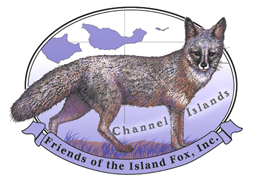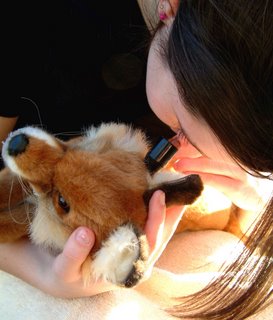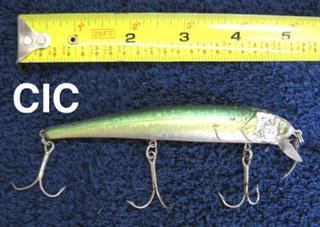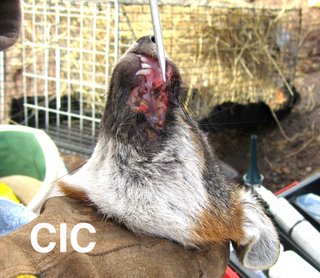How Can You Help the Island Fox?
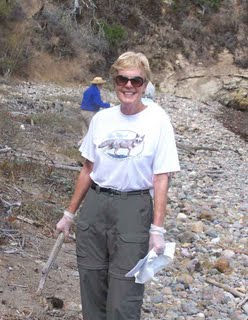
You don’t have to be on the Channel Islands to help the island fox and all of the wild creatures that live here in Southern California.
In September, volunteers from Friends of the Island Fox joined volunteers from the Channel Island Park Foundation to clean up trash on Santa Cruz Island. Through our joint efforts we picked up over 400 lbs. of debris that had washed up on the island or had been left behind by human activities.

Pieces of metal and glass pose a threat to the feet of wild animals. Fishing lures and cast off human items can be dangerous to island foxes. (See The Island Fox and The Fishing Hook)
Plastics that travel down gutters and storm drains to the sea are eaten by a wide range of animals. When these bits of plastic enter the food chain, they threaten not only animals, but humans as well. So the next time you see a piece of trash in the gutter or on the ground, don’t just walk on by. Stop and pick it up. Your simple act could save a young sea bird, a sea turtle or even an island fox.
Our thanks to the Island Fox Friends that participated in this year’s clean-up: Bob Colli, Keri Dearborn, Betty Dunbar, Michael Lawshé, Jerry Leach, Gerri Martin, Pat Meyer and Mary Renaker.
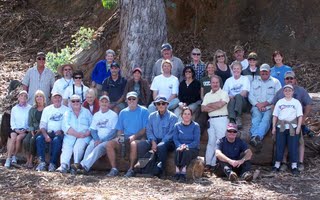
A special thank you to Carol Pillsbury of the Channel Island Park Foundation and Russell Galipeau of Channel Islands National Park for including FIF in this important event.
For MORE ways to HELP THE ISLAND FOX.
Labels: Friends of Island Fox, help the island fox, Santa Cruz Island fox
